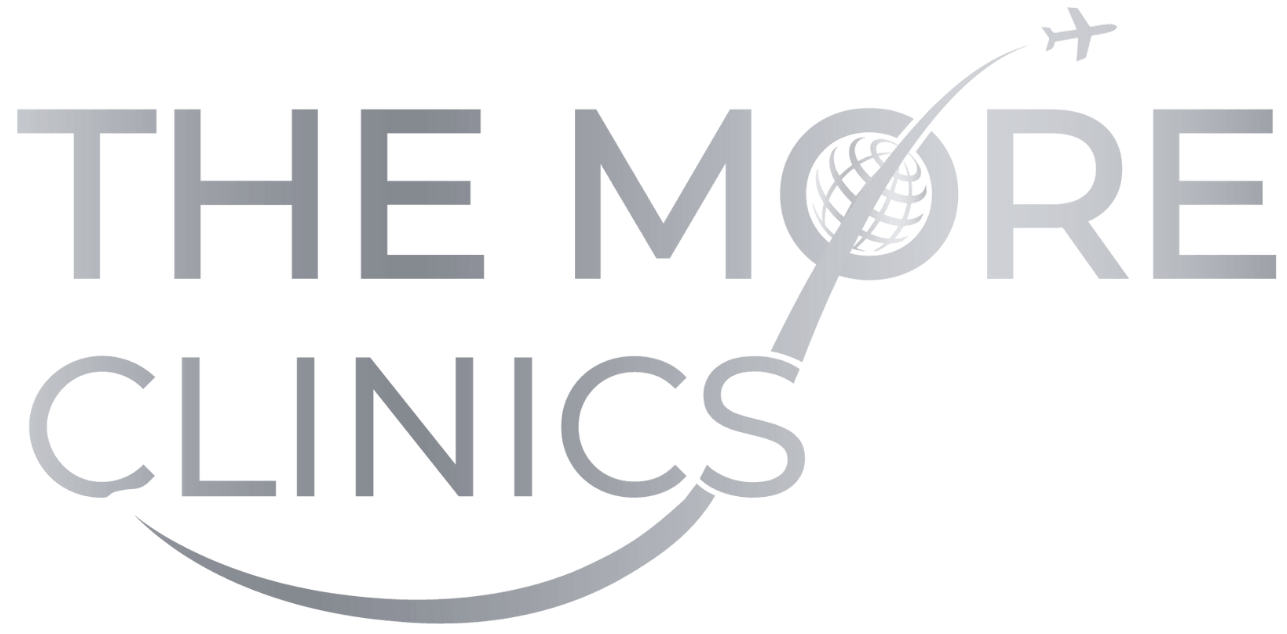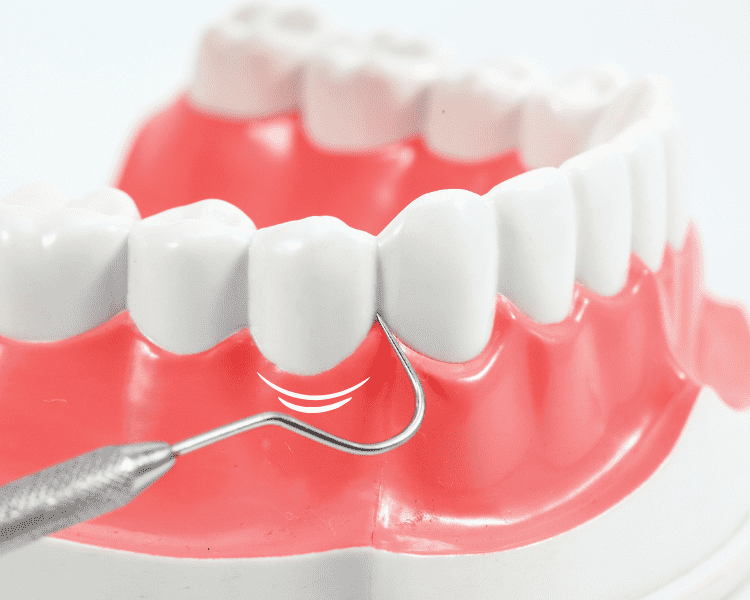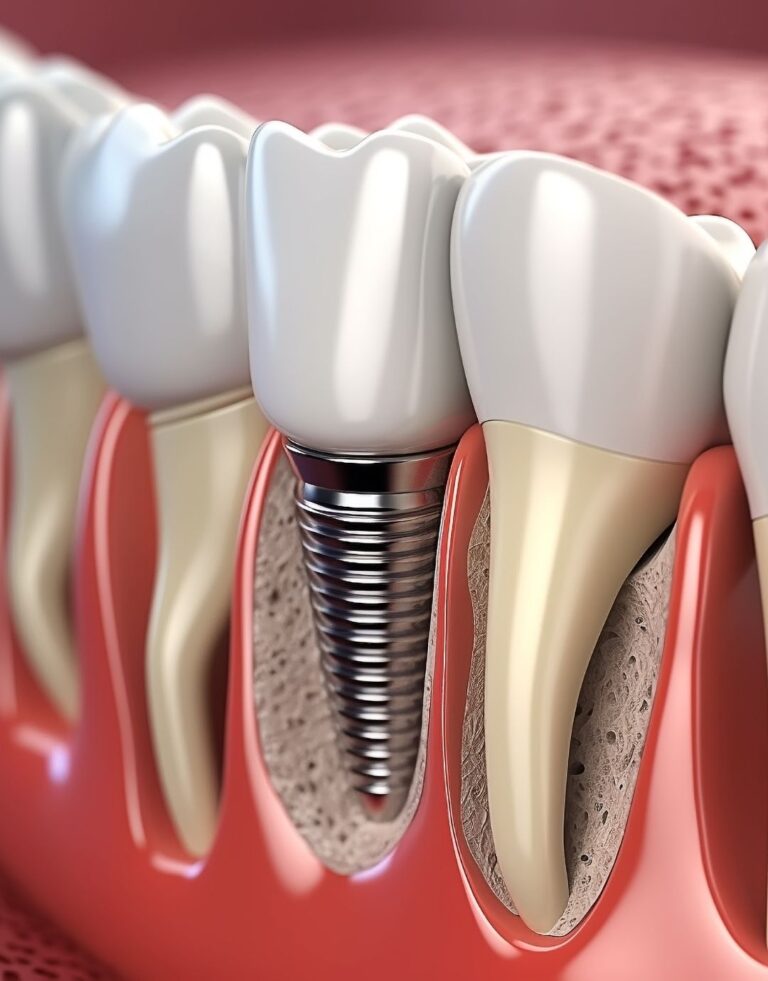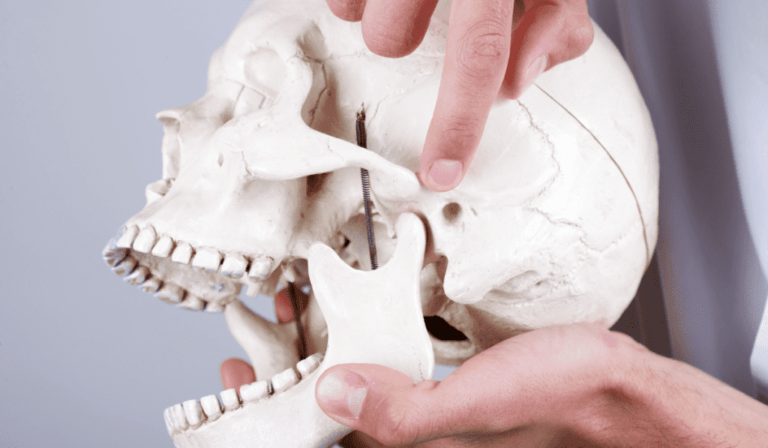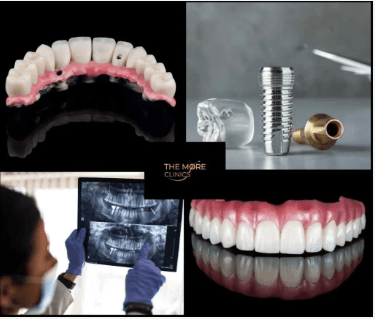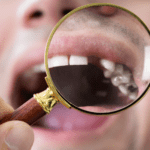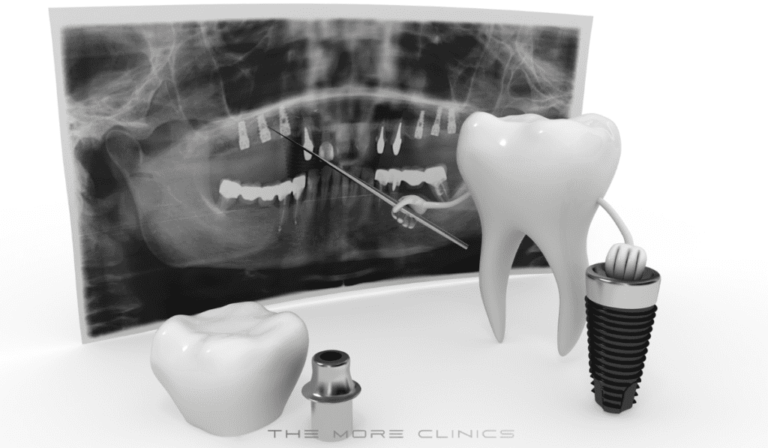Crooked Teeth and How to Treat Them
Misaligned or crooked teeth are common in both children and adults. While they can add personality and charm to your smile, they can also cause health or speech issues.
If you’re unhappy with their appearance or experiencing problems, realigning them is an option. Discover why teeth come in crooked, potential health problems they can cause, and techniques used for alignment.
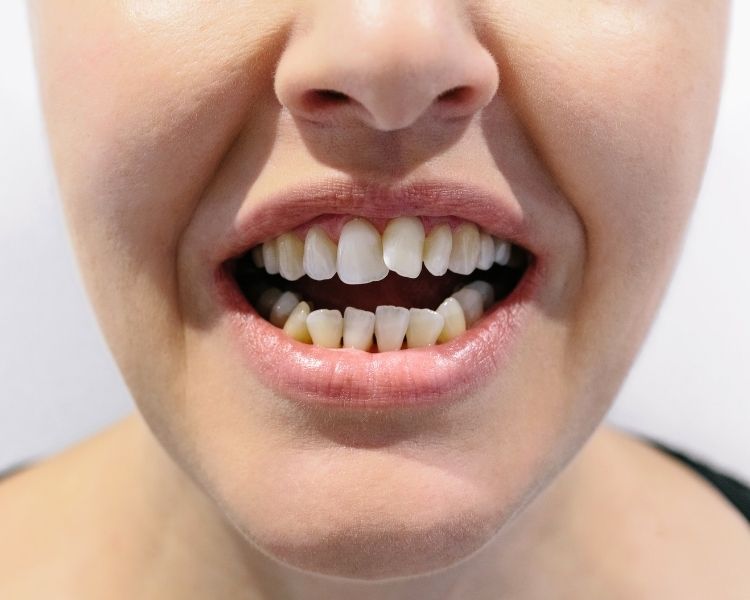
What causes crooked teeth?
Crookedness in both primary (baby) and permanent teeth can either be an inherent condition or occur over time. Primary teeth may be crooked due to being too small for their gum space. Certain prolonged habits, such as thumb or pacifier sucking, can also lead to misalignment in baby teeth. Genetic factors can play a part as well. It’s important to note that having crooked primary teeth doesn’t necessarily imply that the permanent teeth will also be crooked. Nonetheless, if the baby teeth are crowded, it could potentially lead to crowded permanent teeth. If a baby tooth falls out prematurely due to trauma or tooth decay, the subsequent permanent tooth may emerge at a slant. There are other conditions related to primary teeth that could impact permanent teeth as well.
Malocclusion (misaligned jaw)
Malocclusion refers to the condition of misaligned jaws, typically characterised by upper teeth that do not correctly fit onto the lower teeth. Ideally, the upper teeth should sit just over the lower teeth, with the upper molars slotting seamlessly into the grooves of the lower molars. The manifestation of this misalignment can be an overbite, where the upper front teeth protrude beyond the lower front teeth, or an underbite, in which the lower front teeth extend past the upper front teeth.
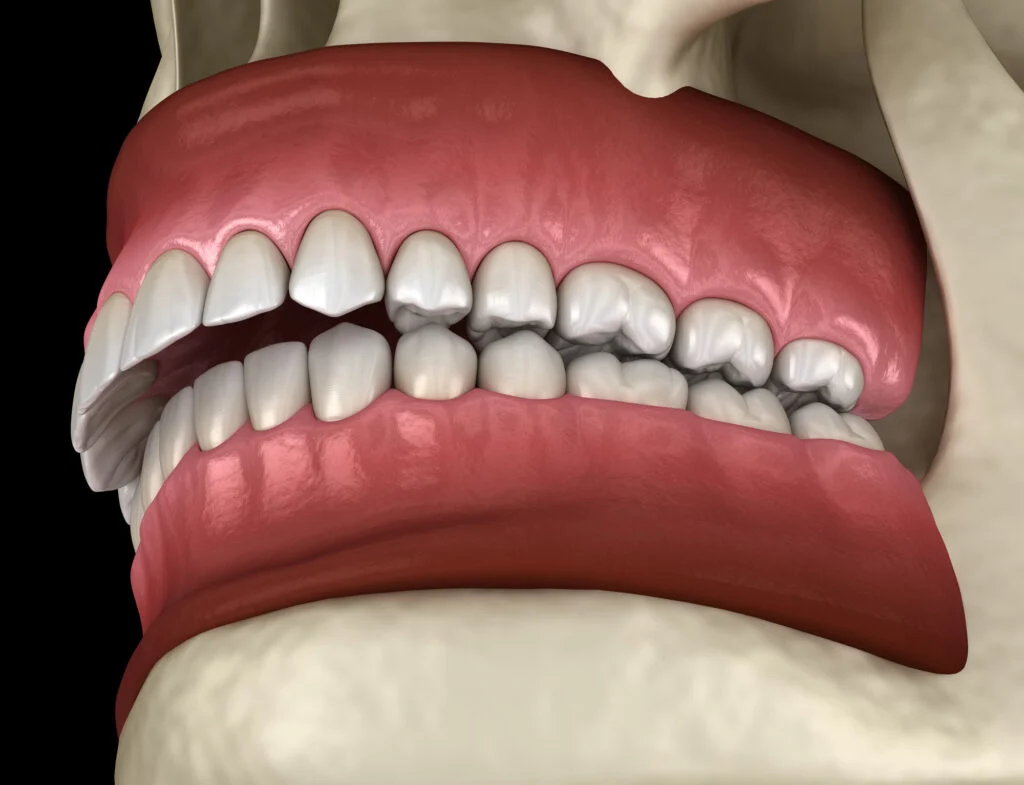
Jaw size
Our dietary habits have changed drastically over the years, particularly with the advent of processed and pre-packaged foods. Unlike our early ancestors who relied on a diet of raw and tough-to-chew foods that required vigorous mastication, the modern human diet consists largely of softer, easily digestible items. Interestingly, this shift in dietary patterns has had an impact on our physiological development, specifically our jaw size. The decreased need for intensive chewing has contributed to the evolution of a smaller jaw size among the human population. As a result, many individuals today experience dental issues such as crowded or misaligned teeth, conditions that scientists attribute to our downsized jaws.
Poor myofunctional habits
Myofunctional habits are behaviors that can have a considerable impact on the development and function of the oral and facial musculature. These behaviors, which include thumb sucking, prolonged use of a pacifier or bottle, tongue thrusting, and mouth breathing, often start in infancy or early childhood.
If these habits persist beyond the appropriate age, they can lead to a host of issues including changes in facial growth, malocclusion, speech problems, and difficulties with eating and swallowing. It’s crucial to identify and address these habits early to prevent potential complications and promote proper oral and facial development.
Genetics and heredity
If your parents had crowded teeth, there is a possibility that you may also have them. In addition, you might inherit an overbite or underbite from your parents.
Poor dental care and pure nutrition
Neglecting regular dental check-ups can result in untreated issues like gum disease and cavities, leading to dental problems. Insufficient nutrition, particularly in children, can contribute to tooth decay and improper dental development, which can be early indicators of crooked teeth. It is crucial to prioritize dental care to prevent these complications.
Facial injury
An impact to the face or mouth can dislodge teeth, causing them to become misaligned, resulting in one or more crooked teeth.
Effects on Dental Health
Misaligned teeth can lead to discomfort while chewing, making you self-conscious about your smile and causing you to avoid certain social interactions. Other dental health issues that crooked teeth may cause include:
Speech difficulties. If your teeth are misaligned, they can affect the way you articulate sound, causing problems with speech.
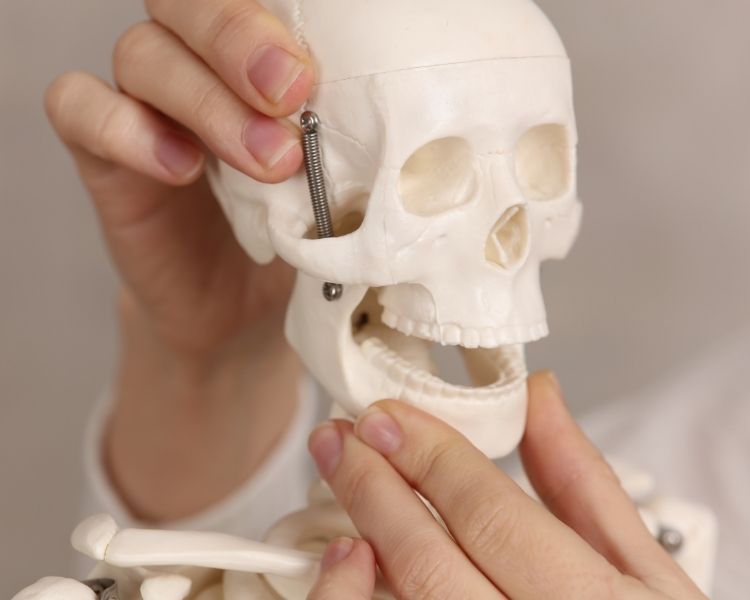
Chewing and digestion. Crooked teeth can also interfere with proper chewing, which may cause digestion problems.
Periodontal disease. It can be hard to clean in between crooked teeth. This can result in tooth decay and gum disease. If left untreated, early stage of gum disease can lead to periodontitis, a more serious infection that can damage bones and teeth.
Self-esteem. Unhappiness with your physical appearance can lead to a lack of self-esteem and social avoidance.
Treatment Options for Straightening Your Teeth
There are many ways to straighten your crooked teeth; each suits better or worse, depending on the patient’s needs.
The most popular options are using dental crowns or veneers/laminate veneers, especially if the tooth isn’t fully healthy anymore.
Veneers for crooked teeth can come in two different ways: Full veneers, or laminate veneers. Especially if they also suffer from other dental health problems, may be better off with a dental crown or a full veneer. They are also usually more durable than laminate veneers. However, if the teeth are healthy, a laminate veneer can fix your crooked teeth by removing only a very thin portion of their original enamel.
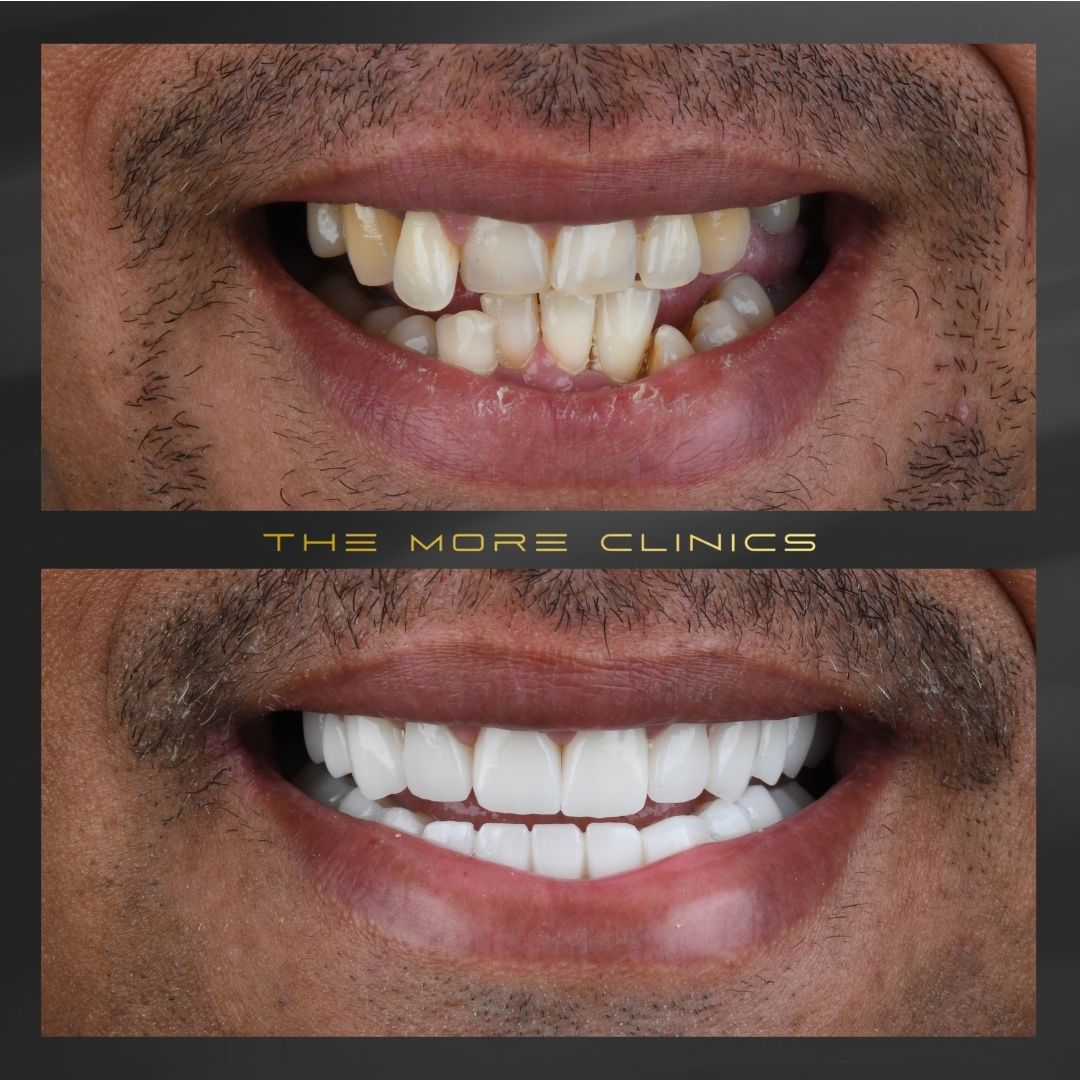
Braces are one of the first options one can think of and works efficiently for most people. After all, it works well for most adults or young adults. On the flip side, however, the treatment takes considerable time, and living with the braces in the meanwhile takes some getting used to.
Another option for teeth straightening is Invisalign. They are a lot less visible than braces. At the same time, however, they take the longest time to fully straighten them.
Frequently Asked Questions
Yes, crooked teeth can lead to improper cleaning, resulting in cavities and gum disease. They can also cause jaw strain and discomfort.
Treatment can begin as early as 6-7 years old, but orthodontic treatment usually starts between ages 9 and 14.
The duration of treatment varies depending on the severity of the case. On average, braces or aligners need to be worn for 1-3 years. But dental veneers treatment duration is 6-8 Days.
No, there are other options like clear aligners, lingual braces, or veneers, but your dentist or orthodontist will recommend the best treatment for your specific condition.
Crooked teeth do not generally correct themselves without intervention, especially once permanent teeth have grown in.
There are no effective home remedies for straightening teeth. Any attempts to do this without professional help can potentially damage the teeth and gums.
There’s no guaranteed method for preventing crooked teeth as genetics often play a key role. However, regular dental check-ups, good oral hygiene, and breaking bad habits like thumb sucking can help maintain a healthy alignment.

Written by The More Editorial Team and Medically Reviewed by Mehmet Can Kılınçaslan who specialized on Periodontology and Implantology
